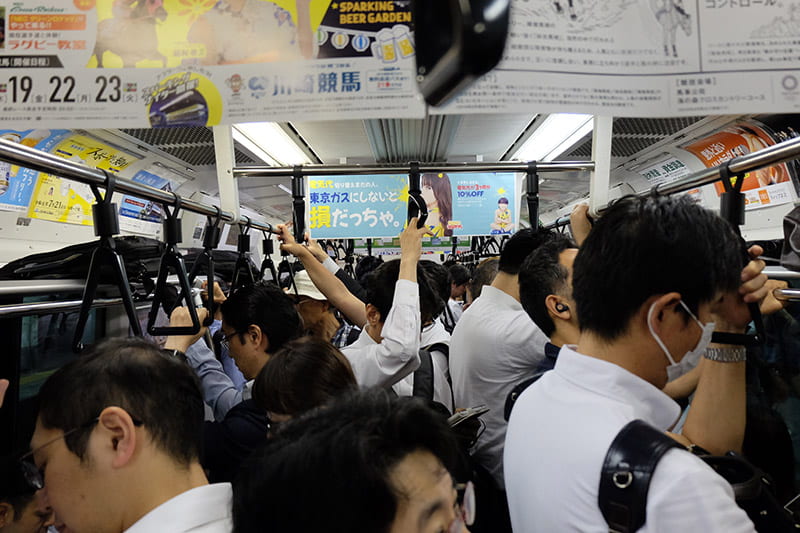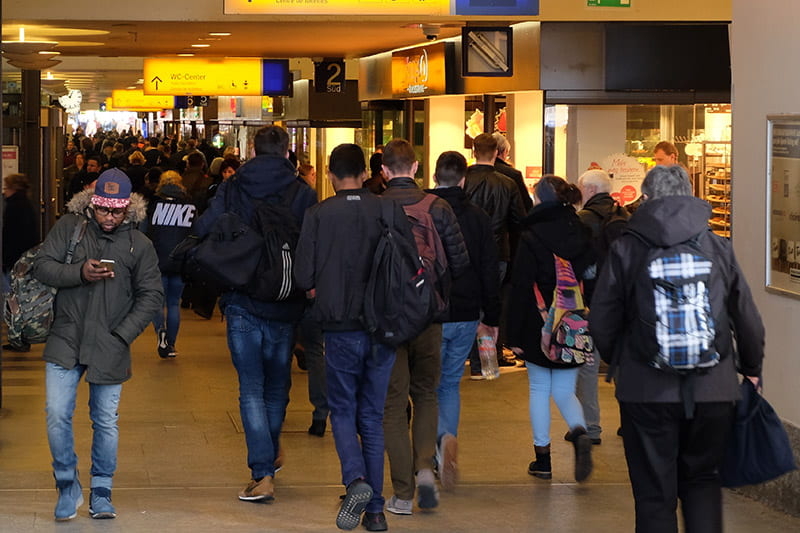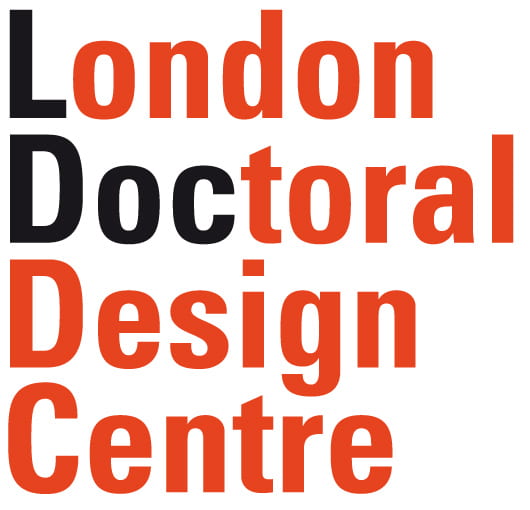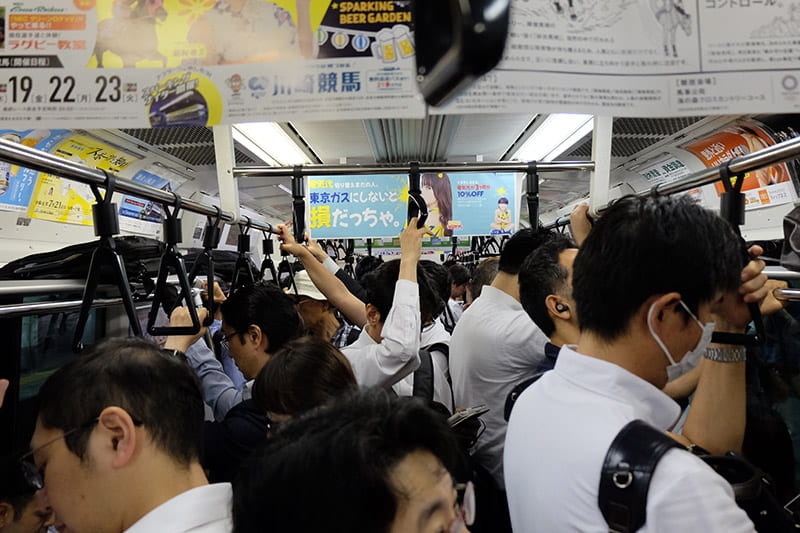The Public in Public Transportation
The rapid gentrification of our cities has driven out the middle and the lower classes to the suburbs. The Brookings Institute’s report on the global metro, states how the emerging markets are city focussed. 300 of the largest metropolitan economies account for nearly half of all GDP. These concentrations attract large numbers of migrant workers, driving in and out of the city every day. Posing a system challenge with regards to commutation, housing, medical facilities and childcare. Early October 2019, the government in Chile announced that the metro rush hour prices would rise by 30 Pesos. This provoked an immediate public outcry. The Minister of Economy Juan Andres Fontaine replied that those upset with the raise could wake up early and pay a lower rate. Students retaliated to this by conducting a mass fare evasion by jumping over the metro turnstiles, and often enough destroying them. As the authorities attempted to stop them with force, the protests flared out on to the streets, and a state emergency was announced. This protest against the 3% transportation price hike was done in the context of an already expensive cost of living, low wages and pensions, poor public health and the rising inequality. In Chile 1% of its population earns 33% of the nation’s wealth. The right to exercise one’s autonomous decision for movement and the ability to afford mobility in the regional context of the urban landscape belongs to basic citizen’s rights.

Both TFL London and MTR Hong Kong operate with the zone model- fares based on the travelled distance. In this model one living on the edge of the city pays much more to access it than the affluent class who can afford to live in the heart. Despite this, both TFL and MTR also follow various fare concession models. The city of Paris on the other hand follows the one price policy, where residents in all the zones pay the same fare. Since March 2014 Paris is facing severe smog and air particle pollution. The city officials have therefore launched measures to combat these problems. Starting from rules that alternate the days cars are allowed to enter the city, to making public transportation free on days when the smog problem is particularly acute. The present Mayor Anne Hidalgo is contemplating making public transportation free in the city (before the next election in 2020) as a measure to deter use of private vehicles and reduce air pollution. Although she has received ample criticism from her political rivals for this, there are 24 other towns in France who have opted for the gratuity (cost free) transportation model. In a press interview the mayor of Dunkirk (adopted the gratuit transportation model in September 2018) Patrick Vergriete articulated that the main reasons for this action was not only to crack down traffic and pollution problems but also to remove social inequality by providing easy access to jobs and other facilities. Estonia, Luxembourg are already following the free transportation policy.

An inclusive public transportation pricing policy is the rampant need of the hour, being affordable for the financially most disadvantaged in the social system. The potentials of such planning is transformational for the city fabric. Uplifting like the Medellin model, or collapsing the political system, as in Chile October 2019.

